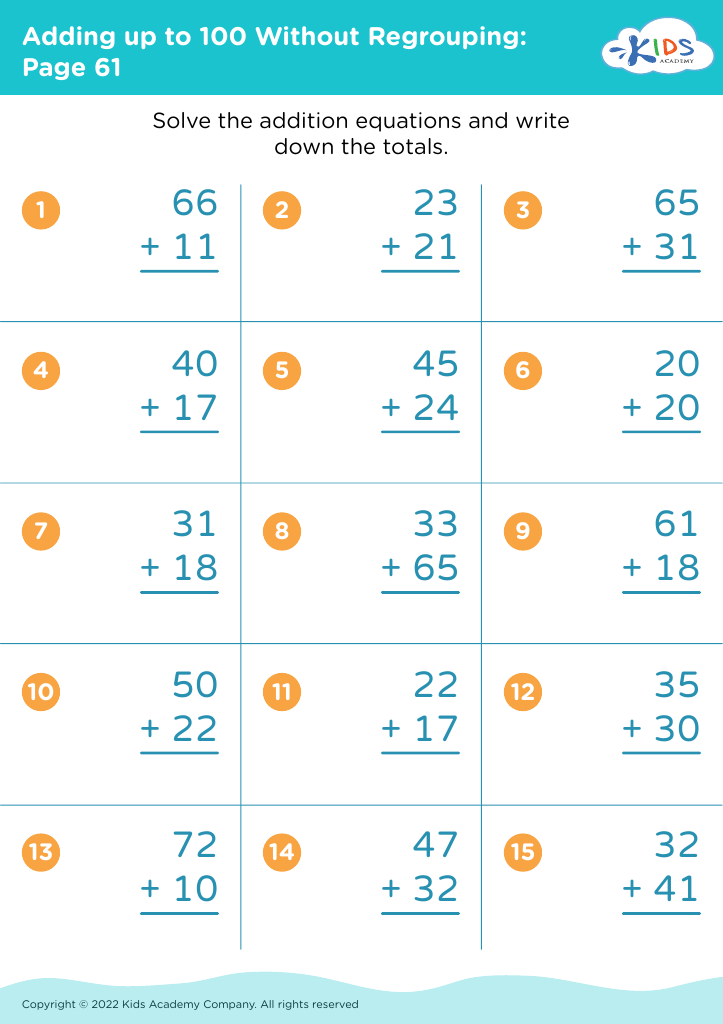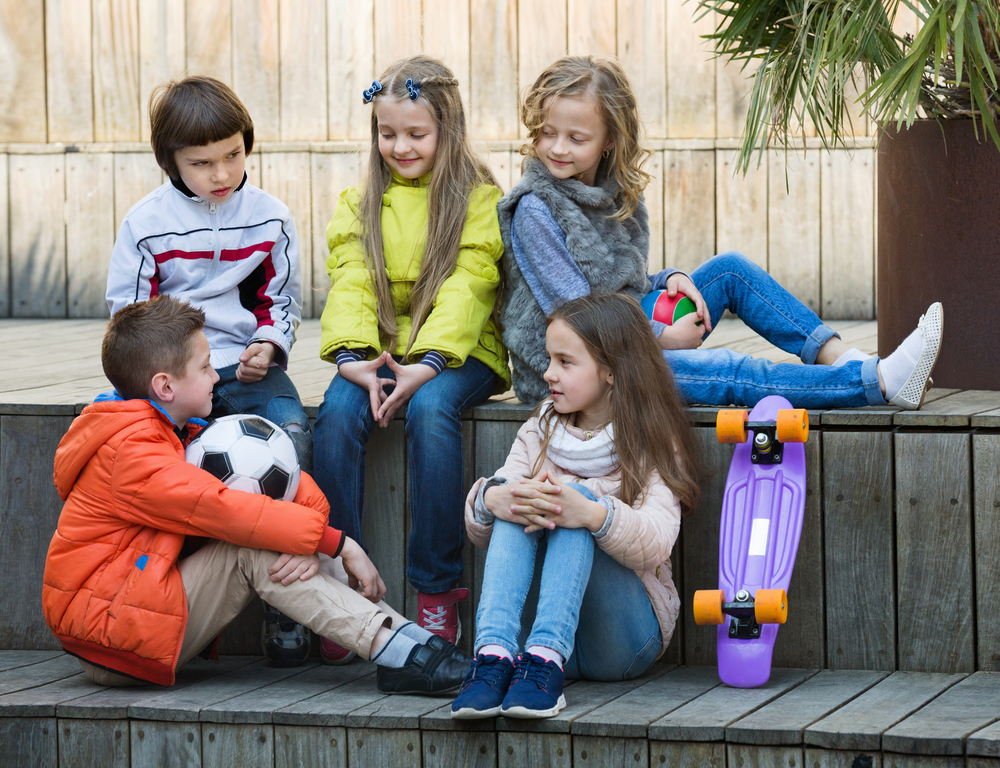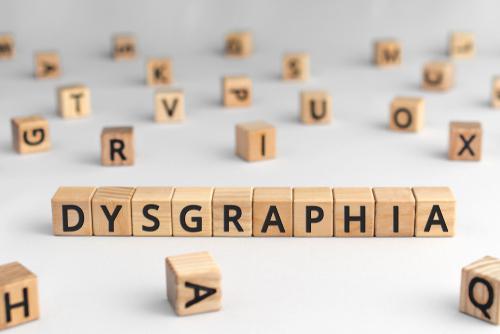Solving problems Worksheets for Kids
1 filtered results
-
From - To
Question/Answer
What are some effective activities to train students’ Solving problems skill when teaching them about Adding up to 100 Without Regrouping?
To train students in solving problems when adding up to 100 without regrouping, effective activities include interactive math games focusing on addition, worksheet exercises with incremental difficulty levels, number line activities for visual learners, math scavenger hunts for applying skills in a fun context, and pairing students for peer teaching to reinforce understanding through collaboration.
How to test a Grade 2 student’s Solving problems skills?
To test a Grade 2 student's problem-solving skills, design tasks that require applying basic math operations (addition, subtraction) to real-life scenarios, puzzles that involve patterns or logical sequences, simple word problems, and tasks involving sorting and organizing items. Ensure problems are age-appropriate, visually engaging, and offer clear instructions.
How to train the Solving problems skill in Grade 2 students learning about Adding up to 100 Without Regrouping?
To train Grade 2 students in solving problems involving addition up to 100 without regrouping, use hands-on activities like manipulatives (counters, base-ten blocks) for visual understanding, practice with story problems that relate to real-life scenarios, incorporate games that require adding to win, and regularly engage in mental math exercises to build speed and confidence in their addition skills.













